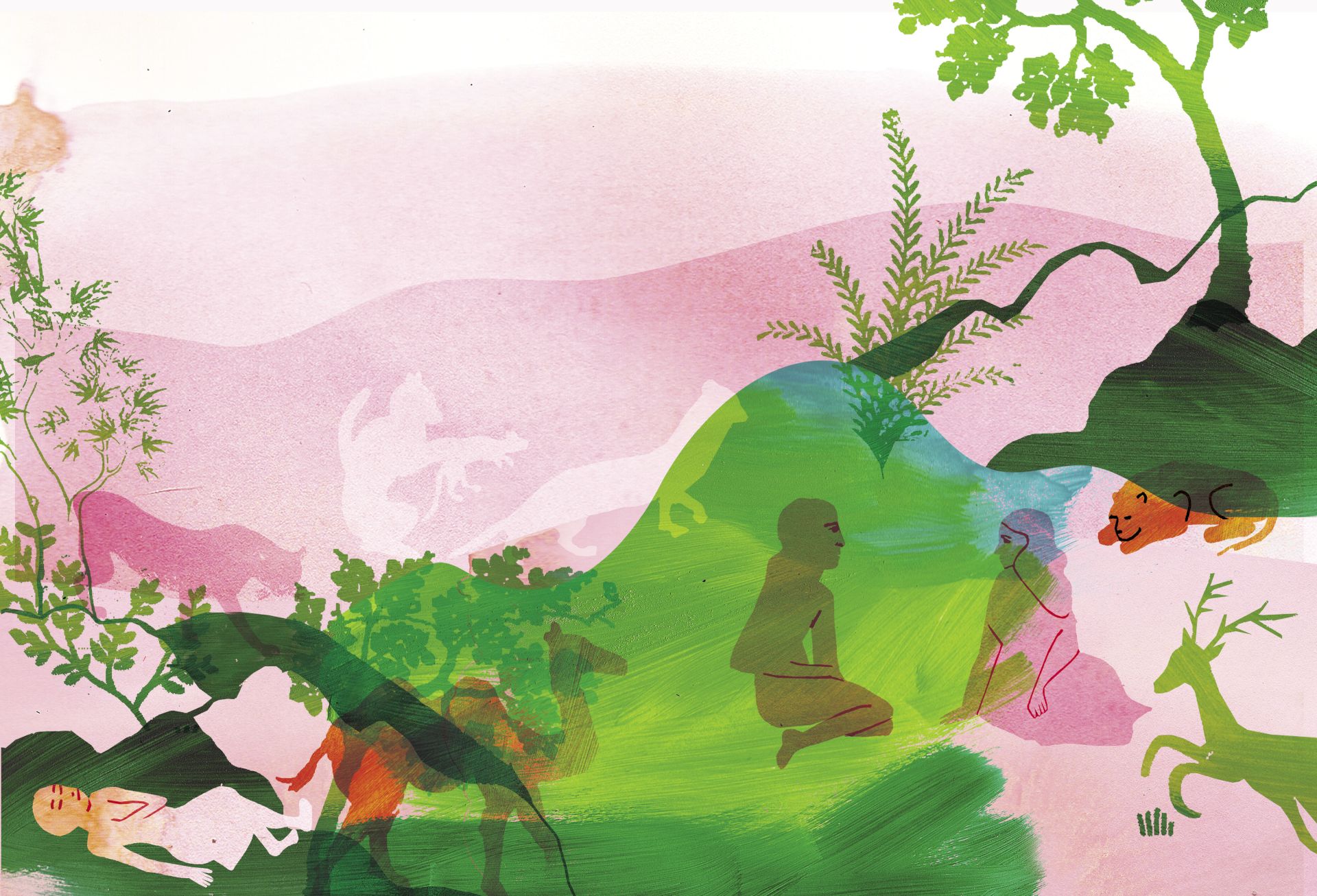Listen to this story
In the words of Graydon Carter, “History is nothing if not an epic tale of missed opportunities.”
Take the 12 publishers who said “No, thanks” to J.K. Rowling after she offered them the first book in a series that later brought so much wealth that it barely missed hatching an actual golden egg. Or consider the British government official who passed up Thomas Edison’s lightbulb, mocking it as “unworthy of the attention of practical or scientific men.” Think of Hannibal’s lack of siege engines sufficient to assault Rome during the Second Punic War, a blunder that reversed his staggering victories up to that point. Or recall how journalists and German politicians in the 1920s waved away Adolf Hitler as a clownish robot, one whose vitriol about the Jews they thought was just verbal bluster.
One of history’s chances could have slipped by the 12th-century Persian poet Jamal al-Din Nezami, if not for his upstart teenage son Muhammad. Nezami was asked by Shirvanshah Akhsetan, king of what is today Azerbaijan, to do a Persian rewrite of an Arab legend: the romance of Majnun and Layla. The plot is simple enough. A young Bedouin man named Qays falls in love with his kinswoman Layla, but Layla’s father has pledged her to another man. The effect on Qays is devastating. He despairs of everything but his passion for Layla, finally losing his mind despite all efforts to revive him — hence his sobriquet Majnun, “driven mad by love.” He flees his tribal home and roams the mountains, saluting the local wildlife: Create a free account to continue reading Already a New Lines member? Log in here Create an account to access exclusive content.



